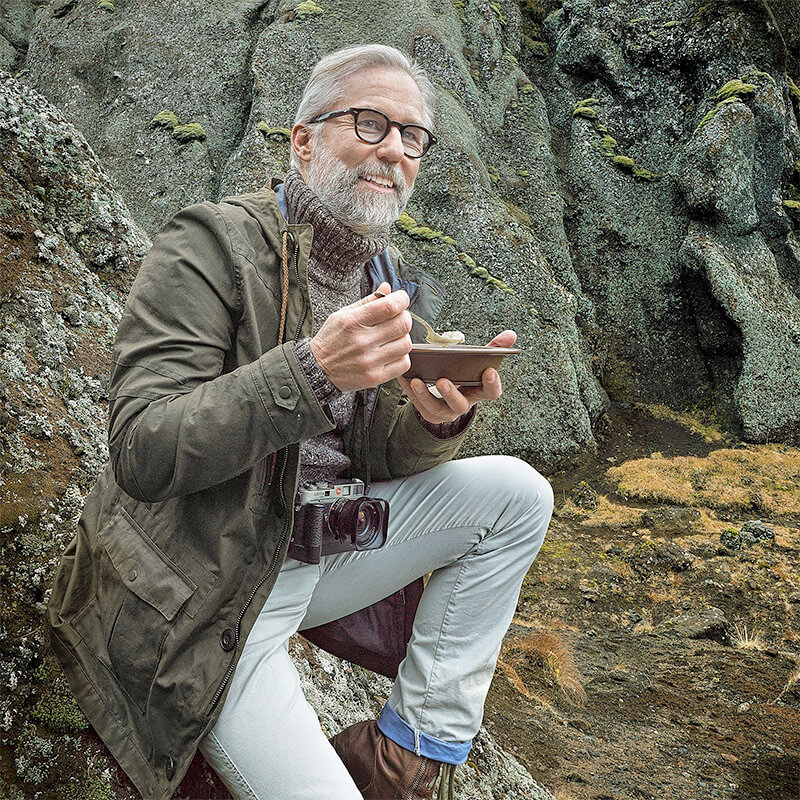For over 40 years, Ragnar Axelsson, Rax, has been photographing the people, animals, and landscape of the most remote regions of the Arctic, including Iceland, Siberia, and Greenland. In stark black-and-white images, he captures the elemental, human experience of nature at the edge of the liveable world, making visible the extraordinary relationships between the people of the Arctic and their extreme environment – relationships now being altered in profound and complex ways by the unprecedented changes in climate.
A photojournalist at Morgunbladid since 1976, Ragnar has also worked on free-lance assignment in Latvia, Lithuania, Mozambique, South Africa, China, and Ukraine. His photographs have been featured in LIFE, Newsweek, Stern, GEO, National Geographic, Time, and Polka, and have been exhibited widely.
Ragnar has published 7 books in various international editions. His most recent,
Jökull (
Glacier) was published in 2018, with a foreword by Olafur Eliasson.
Andlit Nordursins (
Faces of The North), was published in 2016, with a foreword by
Mary Ellen Mark, and won the 2016 Icelandic Literary Prize for non-fiction.
Other awards for Ragnar's work include numerous Icelandic Photojournalist Awards;
The Leica Oskar Barnack Award (Honorable Mention); The Grand Prize, Photo de Mer, Vannes; and Iceland's highest honor, the Order of the Falcon, Knight's Cross.
Ragnar is currently working on a 3-year project documenting people's lives in all 8 countries of the Arctic. At this pivotal time, as climate change irrevocably disrupts the physical and traditional realities of their world, Ragnar is bearing witness to the immediate and direct threat global warming poses to their survival.
Must Read Article
Photography and Climate Change Awareness
